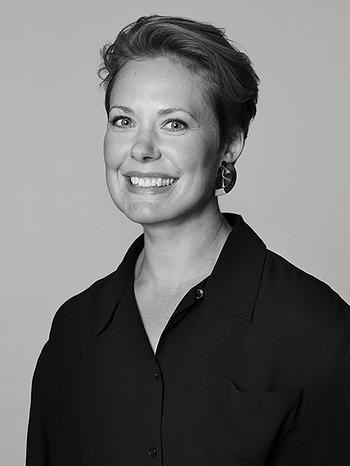Antanas Sutkus
"Pioneer, Ignalina, 1964"
Signed A. Sutkus on verso. Gelatin silver print, image 57 x 49.7 cm. Sheet 59.3 x 49.7 cm.
Provenance
A gift from the photographer to the current owner.
Exhibitions
Another example was exhibited at Moderna Museet, Stockholm, "Åter till verkligheten", 9 May – 20 September 2009.
Literature
Saulius Zukas (ed), "Antanas Sutkus Photographs", 2000, reproduced fullpage page 44.
Diane Neumaier and Jane Voorhees, "Beyond Memory: Soviet Nonconformist Photography and Photo-related Works of Art", 2004, illustrated on p. 252.
Margarita Matulyte, “Antanas Sutkus: Retrospective”, 2009, illustrated on front cover and p. 121.
Anna Tellgren, "Åter till verkligheten. Fotografi ur Moderna Museets samling", 2010, reproduced fullpage plate no 224.
Antanas Sutkus, “Lietuvos Žmonės/People of Lithuania”, 2015, illustrated on p. 113.
More information
Antanas Sutkus (b. 1939) bought his first camera as a child, having not earned enough to buy a bicycle when digging peat with his mother. He later became a photojournalist and, since 1968, has worked as an independent photographer. He has also helped Lithuanian photographers gain international recognition as co-founder and President of the Photography Art Society of Lithuania, which championed photography as an art form. His humanistic approach, heavily influenced by the French photographer Henri Cartier-Bresson, comes to the fore in his images of people, young and old. Filled with romance, beauty and sadness, they move beyond photographic realism to resemble stills from an unmade film. His stated aim is ‘to make an attempt at drawing a psychological portrait of contemporary man’.
Beyond recording events, Sutkus’ keen eye finds history within human faces: ’One has to love people in order to take pictures of them.’ His black and white portraits manage to avoid sentimentality but have great pathos. One series bears witness to Soviet rule in Lithuania during the Communist era and shows ordinary Lithuanians going about their everyday quotidian lives, which provides a striking contrast to the model citizens and workers promoted by Soviet propaganda. Sutkus is also famous for his portraits of Jean-Paul Sartre, taken when he and Simone de Beauvoir visited Lithuania in 1965. These two famous French intellectuals were accompanied on a trip to the dunes of the Curonian Spit by a group of Lithuanian writers and artists, including the still unknown 26-year-old photographer Antanas Sutkus, who managed to capture his iconic portrait of the great existentialist.
In 2001-02, Sutkus won the Erna & Victor Hasselblad Foundation Grant, Sweden, for ‘Documentation and Conservation of Antanas Sutkus’ Archive of Photographs’. In 2011 he was nominated for the Deutsche Borse Photography Prize. In 2015 he has been granted the honourable state award of France – the order of art and literature for the dissemination of French culture.
Text from whitespacegallery.co.uk


























